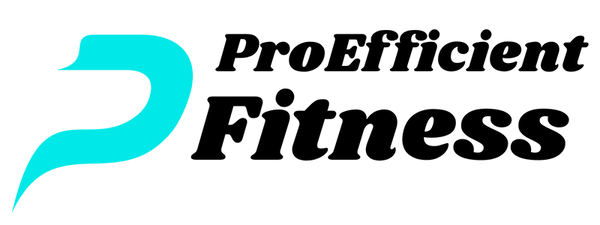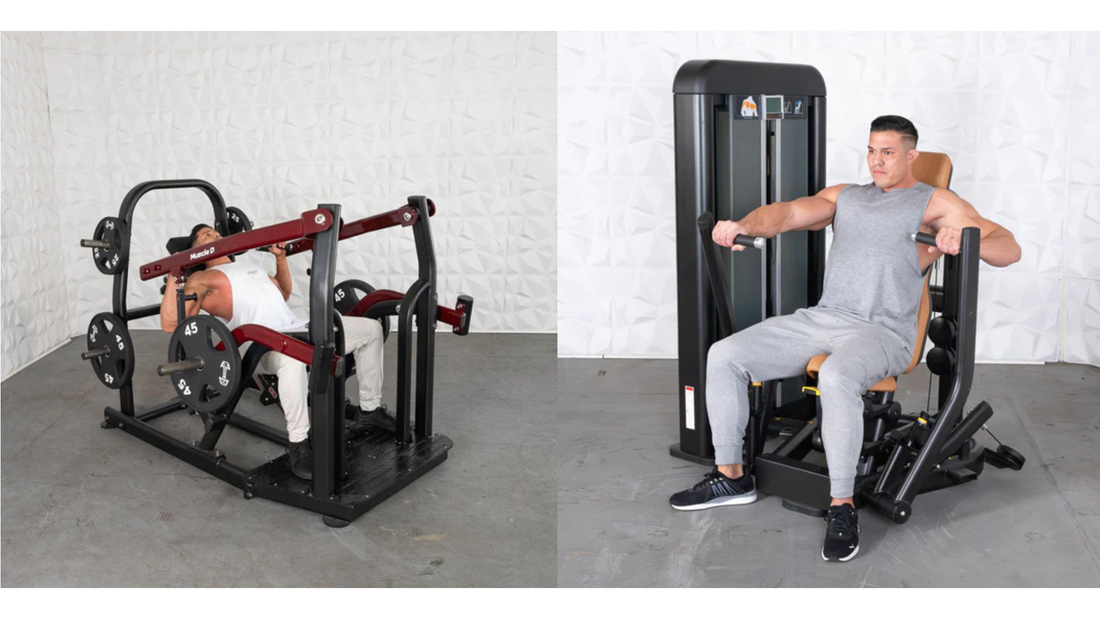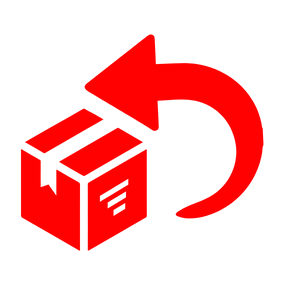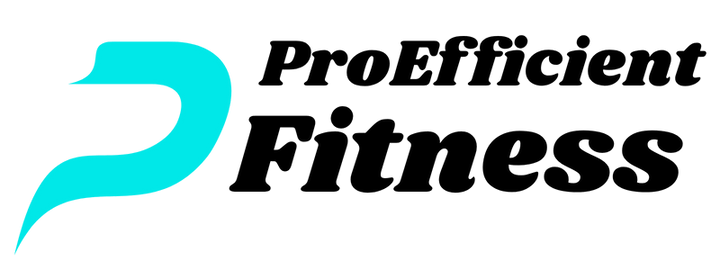Building an impressive, well-developed chest remains one of the most sought-after fitness goals, yet achieving this objective at home requires strategic equipment selection. While traditional barbell bench pressing delivers excellent results, dedicated chest machines offer unique advantages for home training—providing guided motion that reduces injury risk, allowing safe training to failure without spotters, and delivering constant tension that maximizes muscle activation.
The challenge facing home gym enthusiasts lies in choosing equipment that balances effectiveness with spatial efficiency and budget constraints. With options ranging from compact chest press machines to full cable crossover systems, understanding which chest machines truly deliver results versus those that merely consume valuable floor space becomes critical. The right equipment transforms your home gym setup into a comprehensive chest-building station capable of rivaling commercial facilities, while poor choices leave you with expensive coat racks gathering dust in your garage.
Chest Press Machines: The Foundation of Home Chest Training
The chest press machine represents the cornerstone of home chest development, offering a safe, effective alternative to free-weight pressing that eliminates spotter requirements while providing consistent muscle activation. Modern chest press machines come in two primary resistance systems, each offering distinct advantages for different training goals and budgets.
Plate-loaded chest press machines utilize Olympic weight plates for resistance, providing the most cost-effective long-term solution since plates serve multiple purposes across your entire gym. These machines typically feature leverage-based designs where you load plates onto arms that move independently, allowing unilateral training that corrects muscle imbalances. The independence of movement arms closely mimics natural pressing patterns while maintaining the safety advantages of guided motion.
Premium plate-loaded models incorporate converging motion paths where handles move together as you press, replicating the natural arc your arms follow during dumbbell pressing. This biomechanical accuracy delivers superior muscle fiber recruitment compared to straight-path machines while reducing joint stress—particularly important for shoulder health during long-term training. Expect to invest $800-$2,000 for quality plate-loaded chest press machines with converging handles and adjustable seat positions.
Selectorized chest press machines feature built-in weight stacks adjusted via pin selection, offering ultimate convenience for rapid weight changes during drop sets, supersets, or circuit training. The consistent resistance provided by stacked weights creates smooth, controlled movement throughout the entire range of motion—a significant advantage over free weights where tension varies based on bar position. This constant tension promotes superior muscle activation and enhances the mind-muscle connection that drives hypertrophy.
The trade-off involves higher initial cost ($1,500-$4,000 for home models) and limited maximum resistance compared to plate-loaded alternatives. However, for home gym owners prioritizing convenience and training efficiency, selectorized machines eliminate the time-consuming task of loading and unloading plates between sets.
Chest press machines deliver multiple proven benefits for muscle development. The guided motion pattern allows you to push closer to true muscular failure without fearing dropped weights or loss of control. This safety advantage enables advanced techniques like forced reps, rest-pause sets, and extended sets that significantly enhance training intensity. The machines also isolate pectoral muscles more effectively than compound free-weight movements, reducing the limiting factor of weaker triceps or unstable shoulders that often curtail chest development.
Research and practical experience demonstrate that when performed with progressive overload and proper form, chest press machines build substantial muscle mass while offering safer training compared to unsupported barbell pressing. The key lies in selecting machines that properly fit your body proportions—adjustable seat height ensures handles align correctly with your mid-chest for optimal pressing mechanics.
Cable Crossover Systems: Versatility for Complete Chest Development
If space and budget allow for only one major piece of chest equipment, cable crossover machine systems offer unmatched versatility that justifies their premium cost. Dual adjustable pulleys enable dozens of chest exercises from multiple angles, targeting upper, middle, and lower pectoral regions with precision impossible using single-plane machines.
Cable systems provide constant tension throughout the entire range of motion—a critical advantage for muscle hypertrophy. Unlike free weights where tension fluctuates based on leverage and gravity angles, cables maintain consistent resistance from the first inch of movement through full contraction. This constant loading maximizes time under tension and creates the deep muscle pump that stimulates growth.
The adjustable pulley positions transform a single machine into a complete chest training station. High pulley settings target the lower chest through downward pressing angles, mid-height positions work the middle pectoral region, and low pulleys emphasize upper chest development through upward pressing motions. This angular versatility allows you to address all chest regions systematically within a single workout—a significant advantage for home gym owners working with limited equipment.
Cable chest fly variations deliver superior results compared to dumbbell flys for several biomechanical reasons. The ability to cross cables past your body's midline creates maximal pectoral contraction impossible with dumbbells or machines that stop at center. This enhanced range of motion activates inner chest fibers and produces the peak contraction that develops chest thickness and definition.
Cable crossover systems also support numerous non-chest exercises including shoulder raises, tricep extensions, bicep curls, back rows, and core rotations—making them the most versatile piece of equipment in your home gym setup. This multi-functionality justifies their higher cost ($1,200-$3,500 for quality home models) by replacing multiple single-purpose machines.
Space-conscious home gym owners should consider wall-mounted or rack-attached cable systems that eliminate the large footprint of traditional crossover stations. These compact alternatives provide nearly identical functionality while occupying minimal floor space—ideal for garage gyms or spare bedroom conversions where every square foot matters.
The primary consideration involves weight stack capacity. Serious lifters require at least 150-200 pounds per side to ensure adequate resistance for pressing movements, while 100-150 pounds suffices for most fly variations and isolation work. Investing in slightly more capacity than you currently need prevents outgrowing your equipment as strength increases.
Pec Deck Machines: Isolation for Maximum Definition
The pec deck machine specializes in chest isolation through the fly motion pattern, making it an excellent complement to pressing machines rather than a replacement. This guided fly movement targets the pectoralis major with minimal involvement from shoulders or triceps, allowing you to work chest muscles to complete exhaustion even when supporting muscles are fatigued from earlier pressing work.
Pec deck machines guide your arms through a fixed arc that ensures proper form while preventing the shoulder strain common with free-weight flys. The controlled path eliminates the stabilization requirements that limit how much weight you can handle during cable or dumbbell flys, allowing heavier loading for the target muscles. This enhanced loading capacity translates to greater mechanical tension—a primary driver of muscle hypertrophy.
The seated position with back support enables complete focus on the contraction phase of the movement. Unlike standing cable crossovers where you must engage core and stabilizer muscles, pec decks allow you to relax everything except your chest, creating superior mind-muscle connection. This enhanced proprioceptive feedback helps you feel exactly which muscle fibers are working, leading to more productive training sessions.
Modern pec deck machines feature adjustable arm positions accommodating different body sizes and ranges of motion. This adjustability proves critical since improperly fitted machines can create shoulder discomfort or reduce exercise effectiveness. Look for models offering at least 4-5 position settings to ensure optimal alignment with your anatomy.
The debate between pec deck machines and cable crossovers for chest development ultimately comes down to training goals and preferences. Pec decks excel at heavy, controlled isolation work where you can load significant weight without worrying about balance or counterweight control. Cable crossovers provide greater range of motion, allow crossing past midline for enhanced contraction, and offer more angular variety for targeting specific chest regions.
For home gyms, cable systems generally provide better value due to their multi-exercise versatility, though dedicated pec deck machines offer advantages for pure chest isolation. Budget-conscious buyers might consider adjustable cable systems that accommodate fly movements rather than purchasing both machines separately.
Space-Efficient Alternatives for Compact Home Gyms
Not every home gym accommodates large machines, yet effective chest training remains achievable in limited spaces through strategic equipment choices. Understanding compact alternatives prevents sacrificing results due to spatial constraints.
Adjustable weight benches paired with resistance bands or adjustable dumbbells create surprisingly comprehensive chest training capabilities within a 6-8 square foot footprint. Quality adjustable benches ($300-$600) allow flat, incline, and decline positioning, enabling you to target all chest regions through various pressing and fly angles. When combined with resistance bands anchored at different heights, you replicate many cable machine exercises for a fraction of the cost and space requirement.
Compact plate-loaded chest press machines utilize vertical designs that minimize floor area while maintaining full functionality. Some models feature folding mechanisms that reduce storage footprint by 80% when not in use—perfect for multi-purpose rooms that serve as home offices or guest bedrooms. These space-saving designs typically accommodate up to 200-250 pounds per arm, providing adequate resistance for most home training goals.
Wall-mounted cable systems eliminate the need for free-standing crossover stations while providing similar functionality. Mounted directly to wall studs or power racks, these systems add versatile chest training capability without consuming valuable floor space. Single-stack wall units start around $400-$700, while dual-stack setups (offering left and right sides) range from $900-$1,500.
Multi-station home gym systems consolidate multiple exercise stations into single compact units, typically occupying 4-6 feet of floor space. Premium models like the Bowflex Xtreme 2 SE or similar resistance-based systems provide chest press, fly, and numerous other exercises within one footprint. While these systems don't match the feel of dedicated machines, they deliver functional results for home users prioritizing space efficiency over specialized equipment.
Building Your Complete Home Chest Training Arsenal
Creating an effective home gym setup for chest development doesn't require purchasing every machine variation. Understanding how different equipment pieces complement each other allows you to build a synergistic collection that delivers complete training capability within your space and budget parameters.
Foundational setup ($1,500-$2,500): Begin with a quality plate-loaded or selectorized chest press machine as your primary pressing station. Add an adjustable weight bench and either dumbbells or resistance bands for fly variations and pressing angles your machine doesn't cover. This combination addresses all basic chest training needs while leaving room for future additions.
Intermediate expansion ($3,000-$5,000): Add a cable crossover system or dual adjustable cable tower to your chest press foundation. This pairing provides both heavy pressing capability and versatile fly/isolation work from multiple angles. The combination creates a home chest training arsenal rivaling most commercial gym capabilities.
Comprehensive setup ($6,000-$10,000): Incorporate both a chest press machine and full cable crossover system, potentially adding a dedicated pec deck machine or multi-station gym. This level of investment supports serious bodybuilding or strength training goals while maintaining home convenience.
Regardless of investment level, prioritize quality over quantity. One premium chest press machine with excellent biomechanics and durability delivers superior long-term results compared to three mediocre machines that feel awkward or fail within months. Research user reviews, test equipment when possible, and select reputable manufacturers offering solid warranties and customer support.
When you're ready to invest in professional-grade chest machines that transform your home training, explore curated collections from experienced fitness equipment specialists. ProEfficient Fitness's Chest Machines Collection features carefully selected equipment designed for serious home gym enthusiasts, backed by expert guidance and proven performance.
Frequently Asked Questions
What is the best chest machine for building muscle at home?
The chest press machine ranks as the most effective single piece for overall chest development, offering safe progressive overload without requiring spotters. Plate-loaded models with converging handles provide the best biomechanics and long-term value, while selectorized versions offer superior convenience for varied training techniques. For maximum versatility, cable crossover systems enable the widest range of chest exercises from multiple angles, though they require larger investment and space.
Are chest press machines as effective as barbell bench press?
Chest press machines build comparable muscle mass to barbell pressing when used with proper progressive overload. While barbell pressing recruits more stabilizer muscles and develops greater overall strength, machines provide superior chest isolation, allow safer training to failure, and enable advanced techniques like drop sets without spotter assistance. Most experienced lifters benefit from incorporating both movement patterns rather than choosing one exclusively.
How much space do I need for a home gym chest setup?
Minimum effective chest training requires just 6-8 square feet for an adjustable bench with dumbbells or resistance bands. A compact plate-loaded chest press machine needs approximately 6-7 feet of length by 4-5 feet of width (24-35 square feet). Full cable crossover systems require 8-10 feet wide by 6-8 feet deep (48-80 square feet). Wall-mounted cable systems and folding machines significantly reduce space requirements for equipment-constrained home gyms.
What's the difference between plate-loaded and selectorized chest press machines?
Plate-loaded machines use Olympic weight plates you add manually, offering lower initial cost, no maximum weight limit, and leverage-based resistance that feels more like free weights. Selectorized machines feature built-in weight stacks adjusted via pin, providing quick weight changes ideal for drop sets and circuits, consistent resistance throughout movement, and simpler operation for beginners. Plate-loaded models cost $800-$2,000 versus $1,500-$4,000 for selectorized equivalents.
Should I buy a pec deck machine or use cable crossovers for chest flys?
Cable crossovers offer superior versatility, greater range of motion (including crossing past midline), and multi-exercise functionality making them better value for most home gyms. Pec deck machines provide heavier loading potential with better form stability, ideal for pure chest isolation work when supporting muscles are pre-fatigued. If space and budget allow, cable systems deliver more comprehensive training capability; for dedicated chest isolation, pec decks excel.
Can I build a complete chest with just a cable machine?
Yes, cable crossover systems enable comprehensive chest development through cable chest presses, flys from multiple angles (high, mid, low), crossovers, and single-arm variations targeting all pectoral regions. The constant tension and angular versatility make cables highly effective for muscle building. However, combining cables with a chest press machine for heavier compound pressing optimizes results by providing both isolation work and maximum overload capability.
What features should I look for when buying a chest press machine?
Prioritize adjustable seat height ensuring handles align with mid-chest, independent arm movement for correcting imbalances, converging motion path mimicking natural pressing arc, comfortable padding on back rest and handles, smooth bearing systems for fluid motion, and adequate weight capacity (300+ pound total capacity minimum). Commercial-grade construction with reinforced frames ensures longevity, while clear instructions and reasonable warranties indicate manufacturer confidence.
How much should I budget for quality home gym chest equipment?
Entry-level effective setups start at $400-$800 for adjustable bench plus dumbbells or resistance bands. Mid-range home gym chest equipment including a quality chest press machine or basic cable system ranges $1,500-$3,000. Comprehensive setups with both pressing machines and cable crossover systems require $4,000-$7,000 for quality commercial-grade equipment that lasts decades. Investing in quality equipment prevents replacing poorly constructed machines within 1-2 years.






